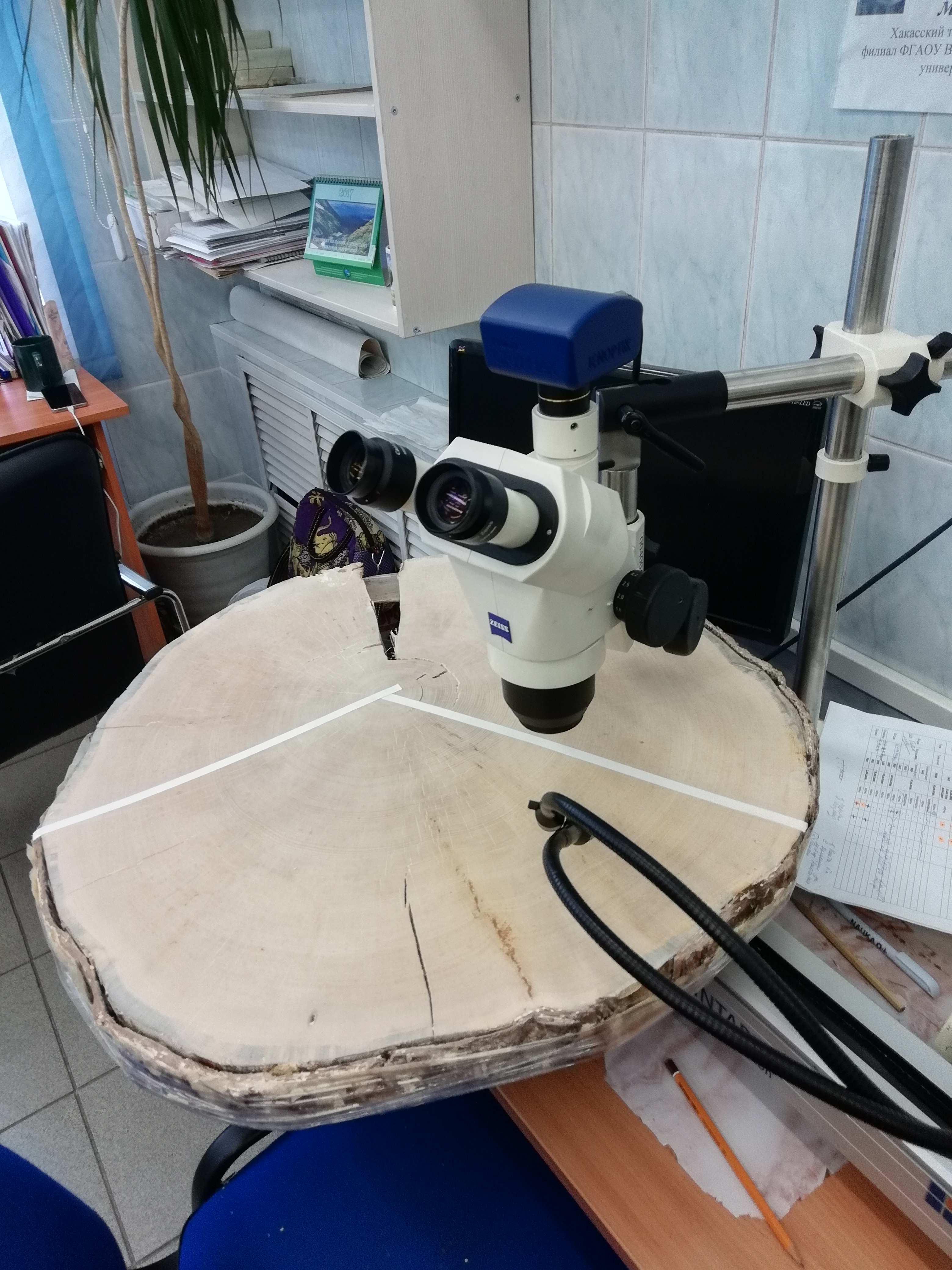
The research project of the laboratory team received financial support from the Russian Science Foundation in the framework of the competition of small individual scientific groups
12.01.2021
On November 30, 2021, the Russian Science Foundation summed up the results of the competition for small individual scientific groups. Out of more than 9 thousand applications submitted, the foundation selected and supported 1,822 projects with an average funding of about 1.5 million rubles per year. These projects will be carried out during 2022–2023 by small research teams from 2 to 4 people.
The list of winners can be found here.
The list of supported applications included the project of our laboratory: 22-26-00232 " Effect of stand density on productivity, growth and climatic response of experimental conifer tree plantations in the southern taiga subzone, Krasnoyarsk Territory " under the leadership of Zhirnova D.F.
Within the framework of the project, it is proposed to use an experimental plot established in the Krasnoyarsk Territory in 1982 by employees of the V.N. Sukachev Institute of Forest (SB RAS), consisting of stands of 18 varying numbers of trees per area unit for three species of conifers – Scots pine, Siberian larch and Siberian spruce. The dynamics of the taxation and allometric parameters of these plantations will be used in the project together with our own data developed on the tree-ring width, earlywood and latewood widths, the ratio of these zones, the basal area increment and anatomical parameters (cell size, cell wall thickness) describing the functional hydraulic and mechanical characteristics of xylem. The methods of dendrochronology and digital wood anatomy will be used to obtain a quantitative description of the growth and functional characteristics of the conifers under consideration on scales from cells to organism to population (forest stand). The response of these indicators to temperature and precipitation will be revealed for stands of different densities. The results of this analysis will make it possible to construct theoretical models of the dependence of conifer growth and development on the planting density and climatic dynamics, to obtain estimates of the optimal values or ranges of the initial and current stand density in terms of productivity, carbon sequestration and growth stability under climate change.
